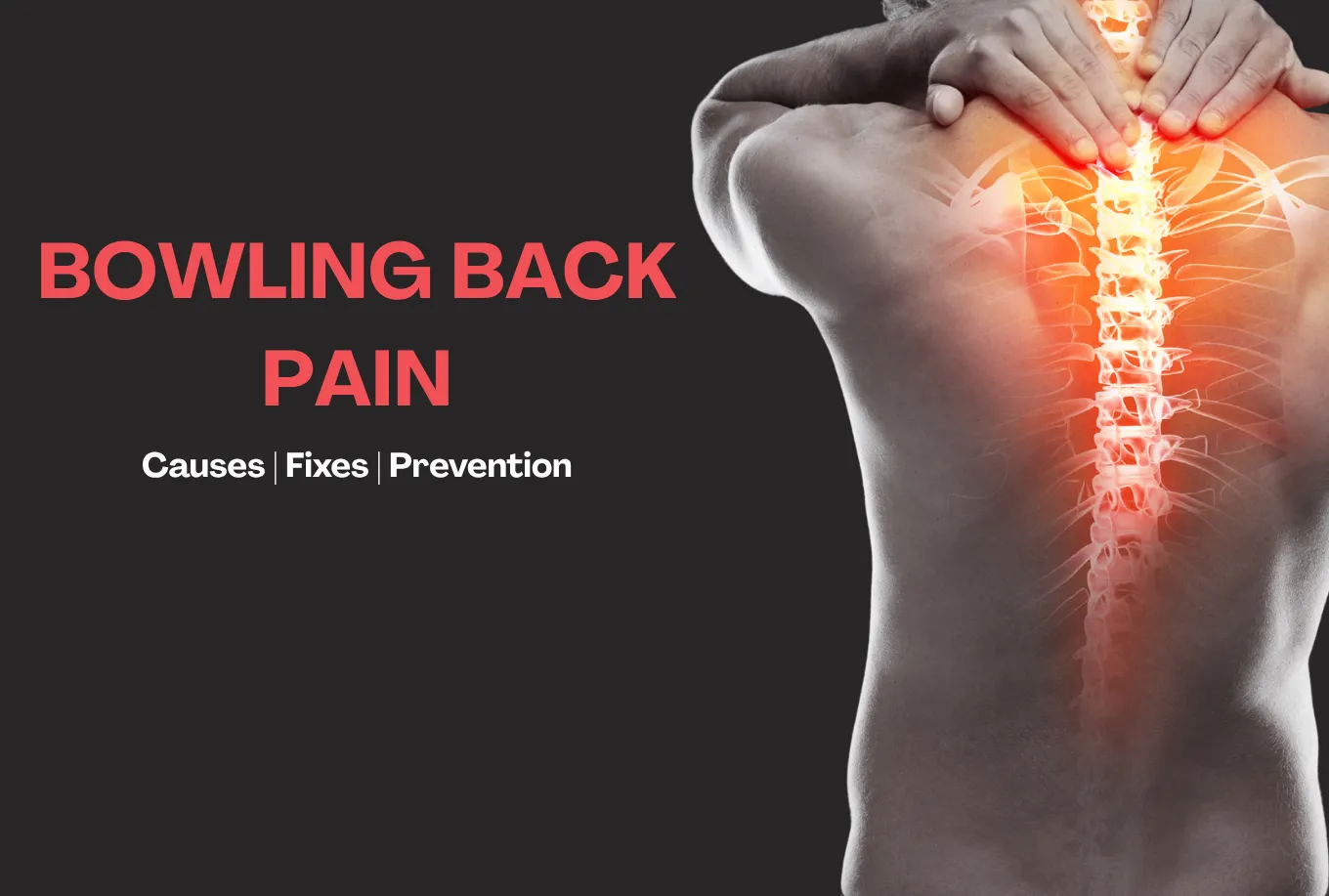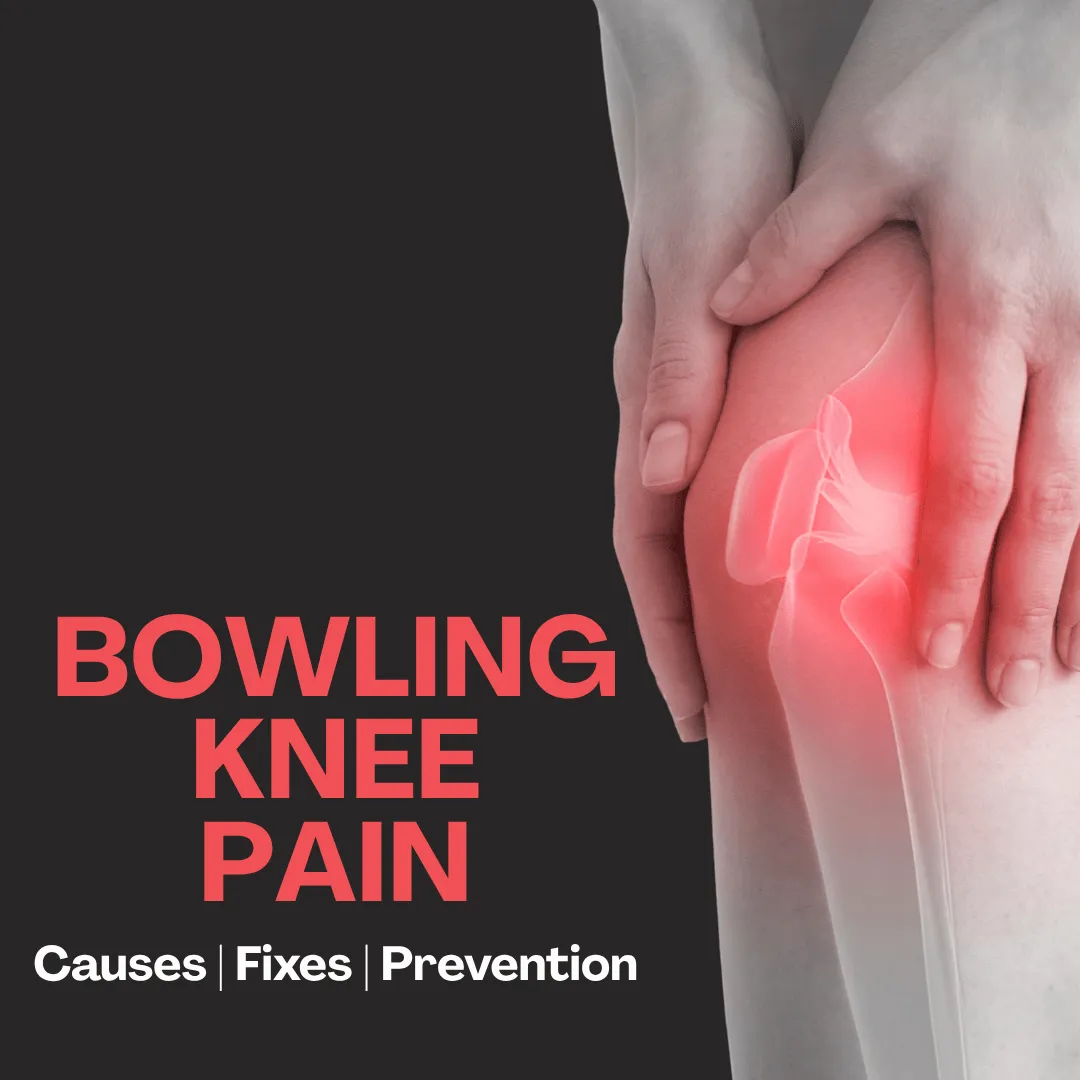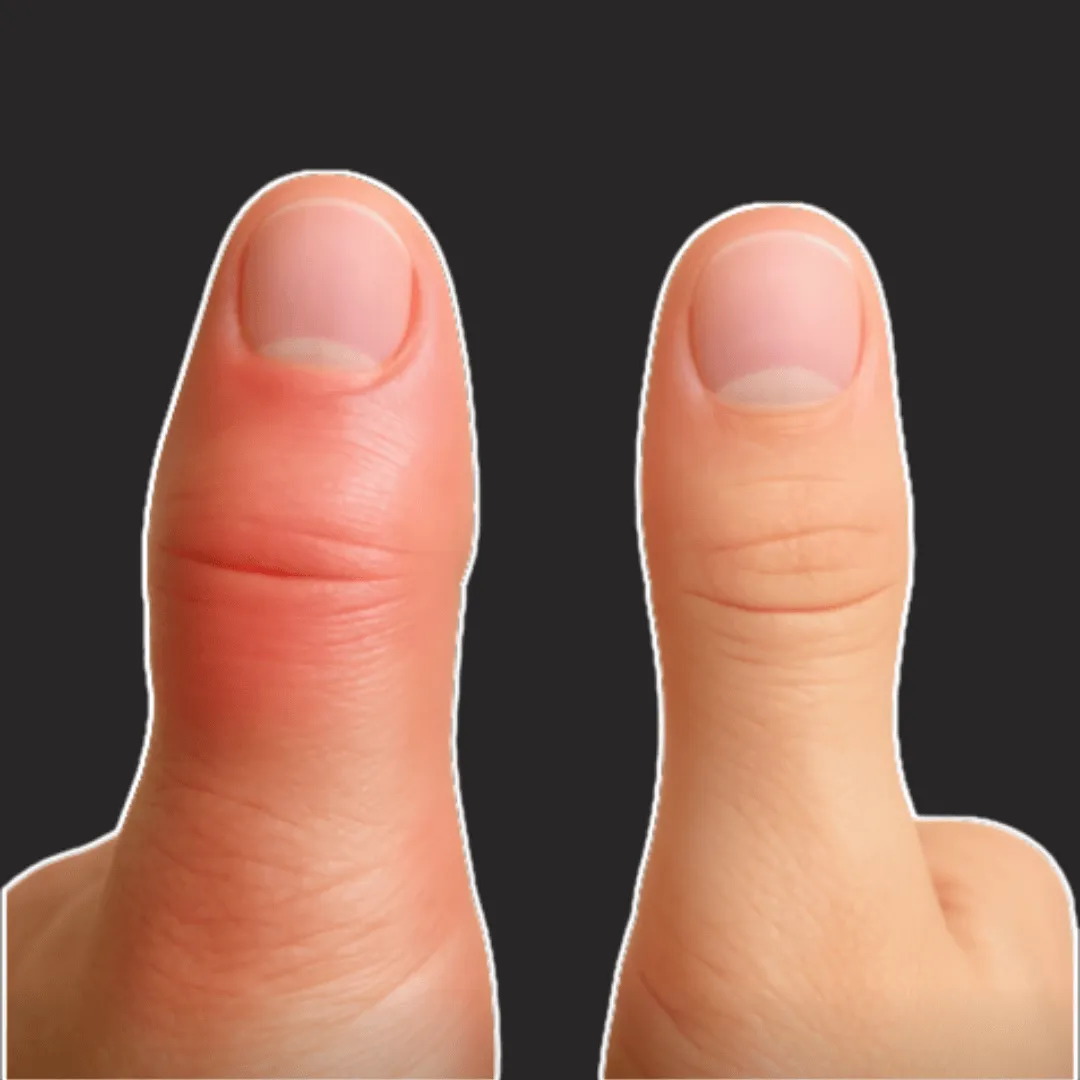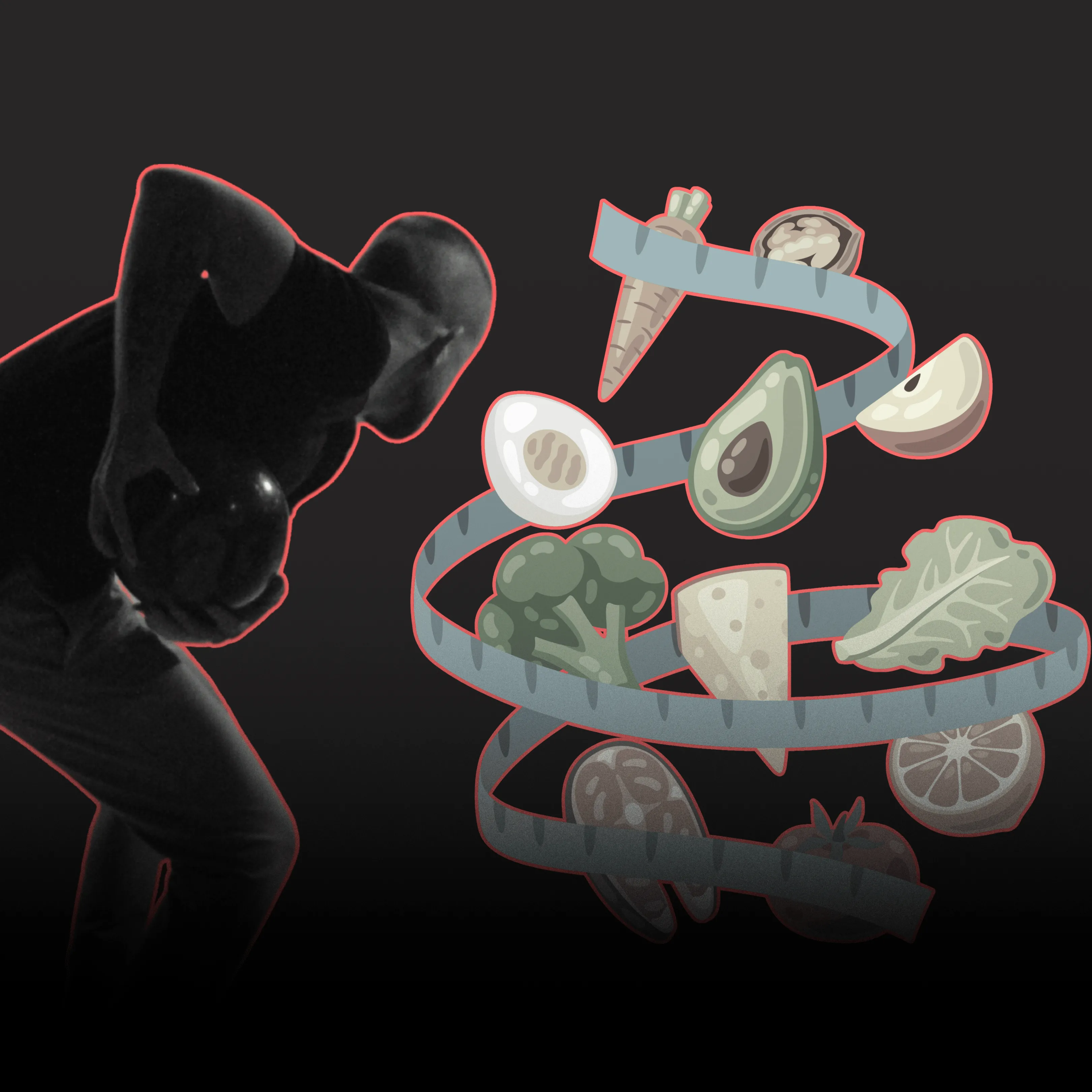Back pain has become one of the most common physical issues in the 21st century — and bowling, unfortunately, is no exception. Among bowlers, back pain is a frequent complaint that can cause missed tournaments, reduced performance, or even long-term injury if left untreated. In this article, we’ll explore the main causes of bowling-related back pain and outline effective methods to prevent and manage it.
Please note: Some links in this article may be affiliate links.
Causes of Bowling Back Pain
Bowling places unique demands on the body. One of the main issues is asymmetrical muscle usage — depending on which hand a bowler uses, the muscles on that side are subjected to significantly more load. Over time, this leads to muscular imbalance, where one side is overdeveloped and the other underused. This imbalance is one of the most common causes of back pain in bowlers.
Another major cause is muscle strain. A sudden or forceful movement — such as an overextension during a release — can lead to painful strain or tearing of the muscles, ligaments, or tendons in the lower back.
Bowling players are professional athletes, so injuries are inevitable. Bowlers often rush to get back on the lanes, so past injuries that have not healed yet can also cause mechanical back pain. The unconscious fear of possible back pain causes a restricted range of motion, that changes the whole technique of the bowler for the worse. The bad technique causes soreness or pain in other body parts, leading to even more pain. Untreated past injuries can have drastic consequences, so it must be cared for appropriately.
How to Prevent and Relieve Bowling Back Pain
Every bowler should be proactive in caring for their physical health. Here are five essential strategies to help reduce and manage back pain:
- Therapeutic treatment. A medical expert is always the best option to deal with pain. Depending on the symptoms and medical condition, the treating therapist will design individual exercise of stretching, strength, coordination, and relaxation exercises to successfully eliminate the causes of back pain.
- Exercising for just 15 minutes a day can strengthen your core and back muscles, helping to prevent muscular imbalance. You don’t need a gym membership — low-impact activities like walking, cycling, or at-home core workouts are more than enough.
- Stretching. Starting your bowling game or tournament without stretching is the worst thing you can do for your muscles. Lack of stretching not only impedes your performance but also puts you at risk for joint pain and muscle damage. Do basic stretches at least 20 minutes before the game.
- Heat & Ice treatment. Applying a cold pack on your back can relieve pain, reduce inflammation and increase the mobility of body motions. It is an example of good care of your body after a long day at the bowling alley. To reach the best result, apply cold for 15 minutes several times in the first 24 hours after the game. Then switch to heat therapy - a heat pad or hot tub will do - it will loosen up those tight muscles of your back. Recommended: Reusable Hot&Cold Teraphy Pack.
- Alternatively, for deeper muscle recovery, you can also use a massage gun. Designed for athletes, this massage gun helps release tight fascia, reduce soreness, and improve recovery time.
- Maintain a healthy weight. Excess body weight places strain on the lower back. For bowlers, extra weight can shift the pelvis forward, changing body mechanics and increasing the risk of pain or injury. Maintaining a healthy weight through proper nutrition and regular activity is key to back health.
Bowling is a physically demanding sport, and injuries are sometimes unavoidable. But with the right preparation and care, many back issues can be prevented or managed effectively.
If you’re experiencing back pain from bowling, don’t ignore it — take action early. Strengthen your body, stretch regularly, invest in proper recovery tools, and seek professional guidance when needed. Your back — and your game — will thank you for it.




